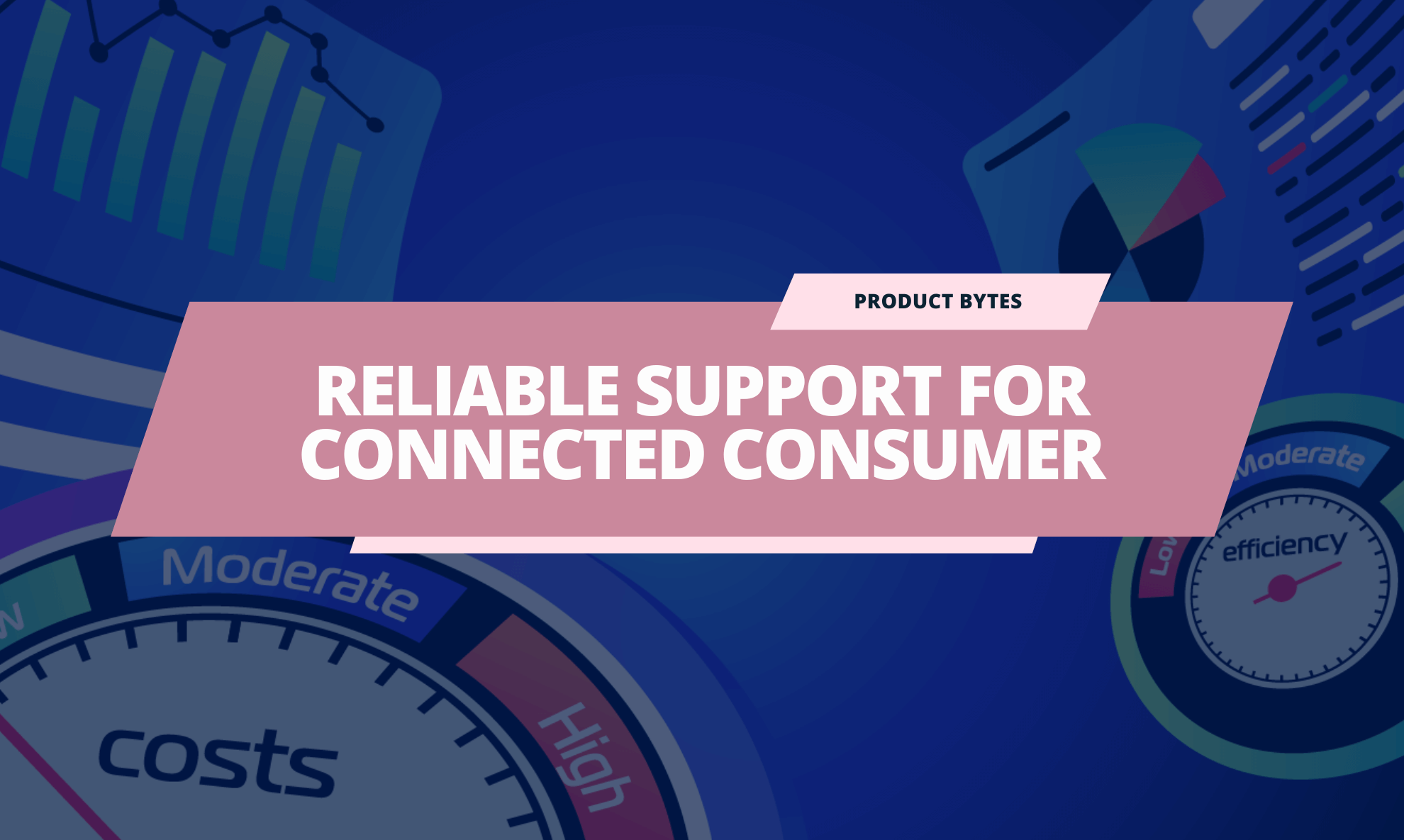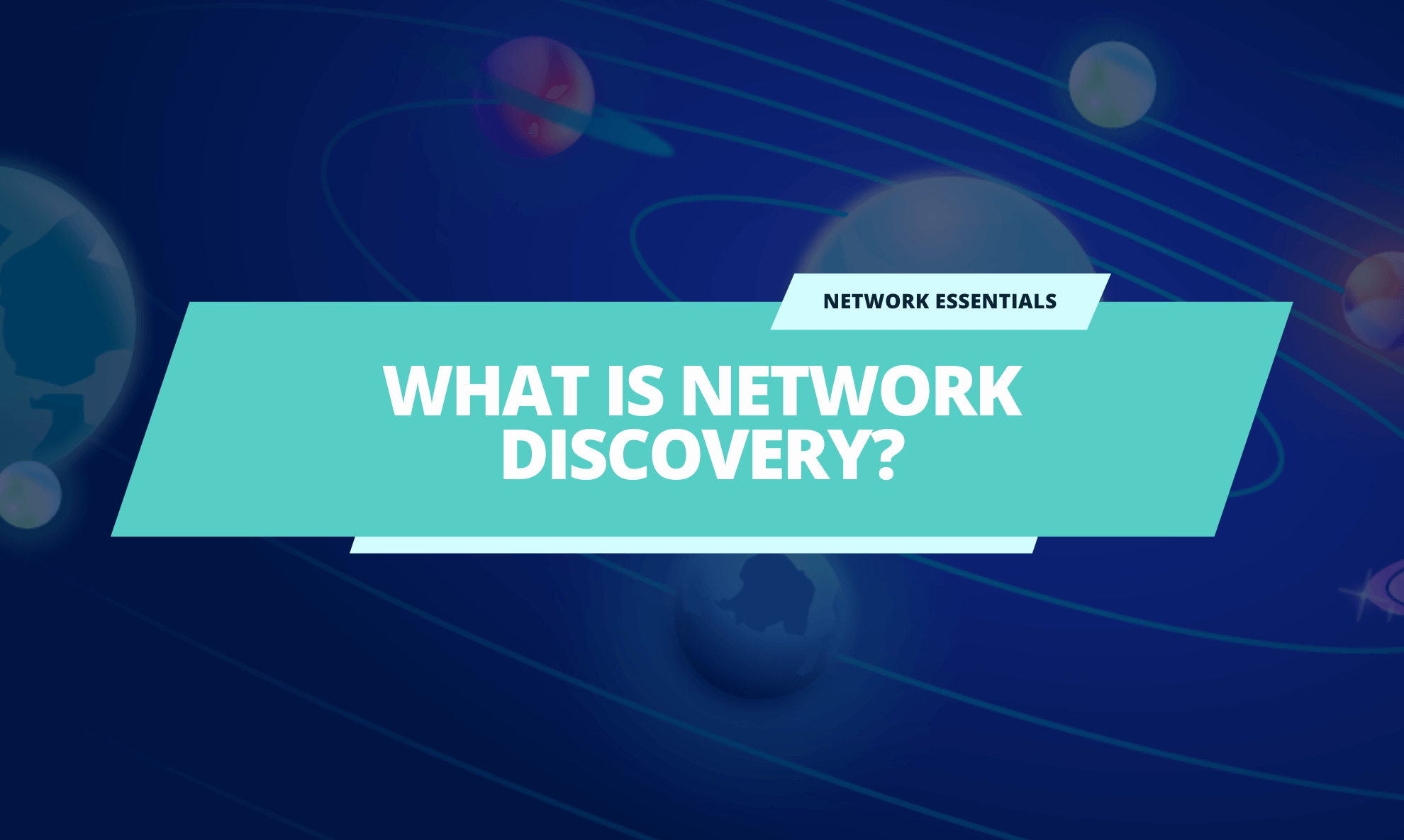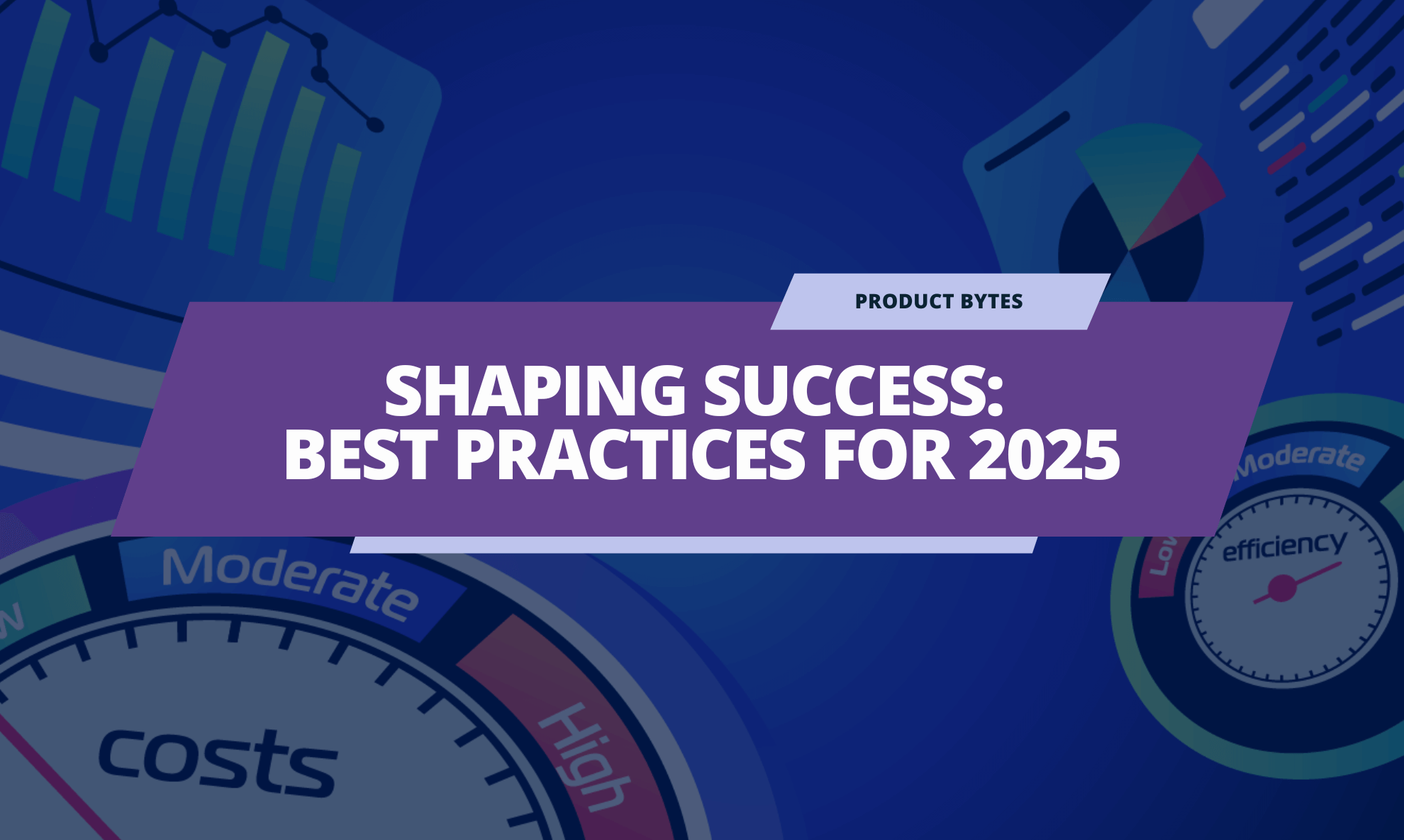Without a doubt, today’s homes are accumulating connected devices at a sky rocketing rate. From mobile phones to computers, all of us rely on technology to live and work every day. Most of us connected consumers would rather endure anything, than to go a day without broadband.
The number of connected devices that we all use on a daily basis has been growing year over year. Research from Gartner estimates that by 2022 a whopping 500+ devices could be present in an average home. The number of connected devices globally is also estimated to reach 38.5 billion by 2020 up from 18.2 billion in 2015.
More devices = more problems
More connected devices entering the picture does not come without problems for everyone – both consumers and call centres. From devices with a mind of their own, faulty hardware, software problems and network issues; connected devices can face a slew of new problems.
At the same time, these new problems can be complex and time consuming for support technicians to troubleshoot especially when not enough digital information is readily available. This means that call centres dealing with connected devices will need to start innovating the ways they provide their customers with IT support. Developing new processes to solve IT problems that are digitally driven will be essential.
Remote Tech support for the future that’s built for the connected consumer
Call centre support that was once confined to the phone is quickly changing. The latest trends illustrate that consumers want self-catering, digitally driven and social support experiences.
Here are some of the top features we’ll see powering innovative tech support programs in the near future:
-
- Remote access software to provide support: Cross channel support of customer problems has already taken off. Consumers now expect technical support via: email, phone, website, social media, live chat and mobile web. In the years ahead, we’ll see a growth in more app based support. Many device manufacturers and internet service providers already have (or they’re developing) cloud support channels and mobile apps which customers can use to manage their account and operate their devices. It only makes sense to integrate support service into the mobile app experience. Via in app tech support, consumers can:
-
- Report a problem directly in the app, which opens a ticket and allows the consumer to track an issue
Assign a ticket to a specific device or service
- Report a problem directly in the app, which opens a ticket and allows the consumer to track an issue
-
- Share pictures or real time video of the problem
-
- Transfer device details digitally
-
- In-app chat and video conferencing with a support technician
-
- Remote Troubleshooting and Issue qualification: More connected devices create more data which essentially becomes noise. To reduce ticketing time, call centres will need to sift through all the noise of connected devices through issue qualification processes. Issue qualification enables call centre’s to determine whether an issue is something that can be solved simply, like an internet or power issue (1st line support). After an issue is qualified by 1st line support, it’s then passed to a more skilled technician (2nd line support). 2nd line support technicians have the technical skills to resolve the issue and because the issue has been qualified, all required information is readily available. In the era of IoT, with the millions of devices coming online on a daily basis, it is imperative to filter the amount of request escalated to 2nd line support
-
- Network and Device Scanning: One of the pain points in getting device support is locating information like serial numbers and any other details that a support technician might need. It would be much easier if device information could be transferred digitally. With new available API’s from leading network scanners like Fing, call centres can now receive all device information digitally. By embedding network and device scanning technology into an existing application, consumers can share device details with a support technician on demand. Consumers no longer have to hunt down device information and support technicians get all relevant details at their fingertips. This new software also goes one step further, even allowing connected devices to be rebooted remotely in some instances which helps identify whether or not the issue is power related.
-
- Remote Access Software: Remote connectivity software, like Domotz Pro, lets support technicians access more devices remotely, like consoles, printers, computers, lighting systems and anything else that’s IP connected. Permissioned remote access lets support technicians get hands on in investigating and solving complex IT issues without needing to dictate actions to the customer. Via Domotz Pro software, technicians can be invited on demand by a consumer to remotely access a device for troubleshooting purposes.
Winning at Remote Tech Support for the Connected Consumer using Remote Access Features
As more consumers adopt technology and call centres feel the heat – tiered maintenance and support schemes will become increasingly important. When done right, tiered support schemes can offer consumers and businesses lots of value. Consumers get streamlined support and help for the devices and services they depend on. At the same time, brands get to build monthly recurring revenue streams.
One brand winning at tiered tech support schemes is Best Buy- owned by Geek Squad. Geek Squad offers tiered levels of tech support schemes which range from £4.99 – £9.99 a month. The lowest monthly price is affordable enough that heavy electronics and small businesses don’t need to think twice about the cost.
The brands that can create a seamless digital tech support experience for the connected consumer, will win in increasing customer satisfaction and engagement. At the same time, new needs for support also offer an opportunity for hardware manufacturers and service providers to carve out recurring revenue streams. The future of tech support is looking innovative. By leveraging new connected device software, brands can carve out their strategies for the connected consumer.
About Domotz
Domotz develops disruptive remote network monitoring software for service providers, integration companies, manufacturers, and retailers. Learn more about our remote network monitoring features, low cost installation options and disruptive remote network management pricing.
Looking for volume pricing or a more customized solution for your business? Contact our Sales Team.
Want to learn how our solutions can save you money and time and help generate recurring monthly revenue? Check out our Help Center and Knowledge Base resources.



